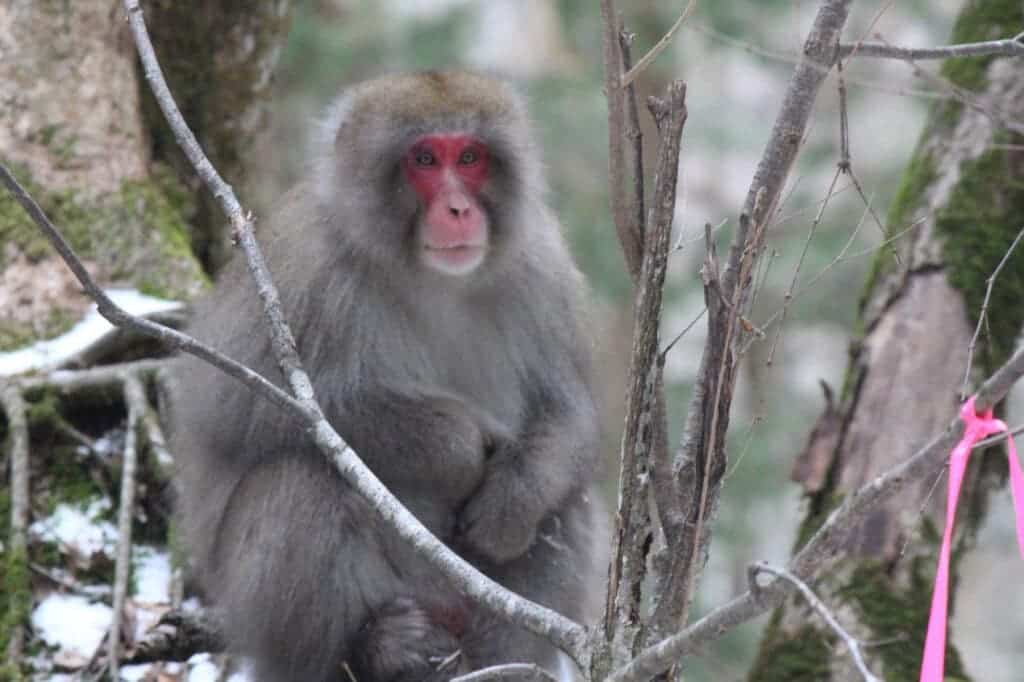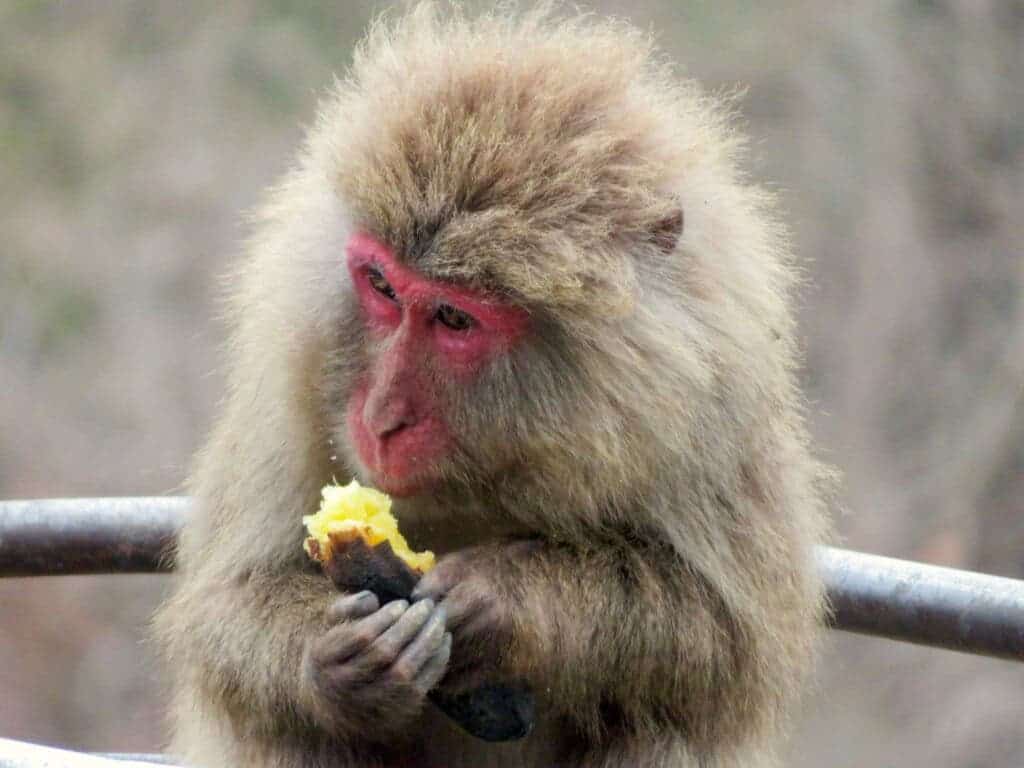
Japanese macaques (Macaca fuscata) are tough creatures. They’re the northernmost-living nonhuman primate, inhabiting various habitats across several islands in Japan. The most rugged of the bunch live in the Kamikochi area of Chubu Sangaku National Park of the Japanese Alps.
But winter isn’t easy for them. Although the snow monkeys are omnivorous and not particularly fussy about what they eat, they can spend months in snow-covered areas, and finding food in the winter is a big challenge. However, according to a new study, they make due by fishing in groundwater-fed streams that remain liquid during the winter.
Go fish
Alexander Milner, Professor of River Ecosystems at the University of Birmingham, who led the study, wanted to see how the macaques were getting through the winter. They had a suspicion that the monkeys were going fishing, but there was no confirmation until now.
“There was circumstantial evidence (BBC footage and our own) that snow monkeys visited streams in the winter but we wanted to prove definitively that they ate freshwater organisms. This is the first time that this type of feeding has been shown before in the scientific literature. The reason is that a number of streams are fed by groundwater with a constant water temperature of 5 degrees Celsius all year round allowing access to the snow monkeys to feed. These types of streams have a high abundance of biota including fish,” Milner told ZME Science.
To get to the root of the monkeys’ food, researchers gathered samples of their poop. It wasn’t easy, Milner says; on one hand, wintertime there is so cold that it was difficult to find samples of snow monkey poop. To add to that, they also worked in some tourist areas, and this made for some unusual events.
“We did collect in March when the Kamikochi area is open again to visitors as it is one of the most visited National Parks in Japan – we got some strange looks from tourists as we were collecting the snow monkey poop. Also, we used a tracer dye to follow the groundwater and got the dose wrong and turned a whole stream purple for 30 minutes which certainly created a surprised look from tourists standing on a bridge where the stream went under.”

The results of the analysis were also unexpected. Previously, Japanese macaques had been shown to opportunistically capture marine fish, especially when the fish get washed up ashore. But it was surprising to find traces of brown trout in the monkeys’ feces, Milner explained in an email. The researchers were assuming it was just freshwater invertebrates that the monkeys were munching on.
So how do the monkeys catch the fish? The researchers don’t know yet, but it’s something they’d like to investigate in the coming seasons. They’re also planning to look at the diet of the monkeys over their entire year, to see if they munch on fish during the rest of the year as well.
“We would have liked to examine the year around diet – we only worked in the wintertime and look at other seasons and also try and quantify what percentage of their winter diet is freshwater fauna.”

However, it could be that this behavior is only restricted to one group of snow monkeys, where all the right conditions are met.
“With high numbers of freshwater animals in its rivers and streams, the Kamikochi area may be the only environment in Japan where the topographical, geological, and meteorological conditions allow Japanese macaques to supplement their winter diet in this way,” Milner says.
“Japanese macaques have a wider winter home range when food resources are scarce, but Kamikochi lies in a deep valley where they cannot cross the mountains. Population density is exceptionally high and macaques must overwinter in an extremely harsh environment.”
“These larger populations create additional stress for surviving winter, but an abundance of groundwater upwellings and hot spring inputs from active volcanoes ensures many streams flow without ice cover allowing easy access to the monkeys.
The study was published in Scientific Reports.


